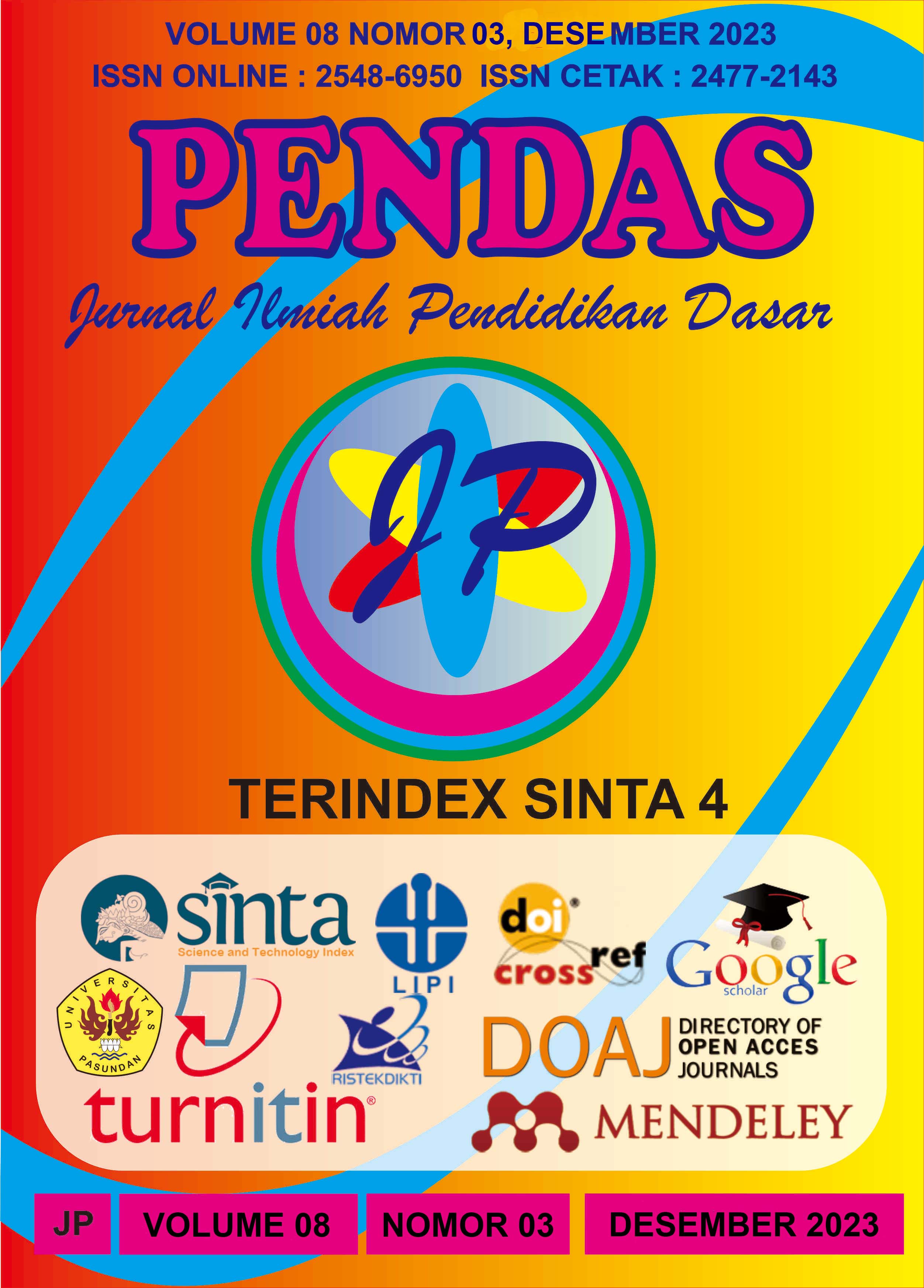BULLYING DAN UPAYA PENCEGAHANNYA
DOI:
https://doi.org/10.23969/jp.v8i3.12046Keywords:
bullying, effort to prevent itAbstract
Bulling is a negative action that is often aggressive and manipulative, carried out by one person or more towards another person over a certain period of time which has both physical and non-physical content. The relationship between the perpetrator and the victim of bullying is usually a peer or peer relationship, for example classmates, between upperclassmen and underclassmen, between seniors and juniors. Buuling can take the form of physical or punches, kicks, slaps, pushes, and other physical attacks. Non-fidic bullying can be divided into 2 (two), namely verbal and nonverbal. Ridicule, calling certain names, threats, spreading secret news about the victim, humiliating words are considered verbal actions. Unpleasant facial expressions and threatening body language are nonverbal actions. So, this act of bullying makes the perpetrators bolder in doing more reckless things towards the victim which may not lead to serious criminal acts, while the victim feels that his self-esteem is very low, he has no self-confidence and is unhappy. Efforts to prevent bullying are: 1) pay attention to the symptoms of changes in the child, and immediately approach him, 2) be calm in his actions, while assuring the child that he has received protection from future bullies, 3) report it to the teacher/school for immediate action. investigation, 4) asking the school counselor (BK teacher) to conduct an investigation about what happened, 5) asking the school to provide information about what actually happened, and 6) teaching children how to deal with bullying.Downloads
References
Anonim. 2002. Bullying and Problem Disorder. New York: Mc Graw Hill
Olweus, D. (1993). Bullying at School: What We Know and What We Can Do. Wiley.
Espelage, D. L., & Swearer, S. M. (Eds.). (2004). Bullying in American schools: A social-ecological perspective on prevention and intervention. Psychology Press.
Smith, P. K., Pepler, D., & Rigby, K. (Eds.). (2004). Bullying in schools: How successful can interventions be?. Cambridge University Press.
Swearer, S. M., Espelage, D. L., Vaillancourt, T., & Hymel, S. (2010). What can be done about school bullying? Linking research to educational practice. Educational Researcher, 39(1), 38-47.’
Hinduja, S., & Patchin, J. W. (2015). Bullying beyond the schoolyard: Preventing and responding to cyberbullying. Corwin Press.
Pacer Center. (n.d.). National Bullying Prevention Center. Diakses dari https://www.pacer.org/bullying/
Patchin, J. W., & Hinduja, S. (2015). Cyberbullying and self-esteem. Journal of School Health, 85(9), 641-650.
Volk, A. A., Dane, A. V., & Marini, Z. A. (2014). What is bullying? A theoretical redefinition. Developmental Review, 34(4), 327-343.
Gaffney, H., Ttofi, M. M., & Farrington, D. P. (2019). Evaluating the effectiveness of school-bullying prevention programs: An updated meta-analytical review. Aggression and Violent Behavior, 45, 111-133.
Jiménez-Barbero, J. A., Ruiz-Hernández, J. A., Llor-Esteban, B., & Romero-Sánchez, M. (2016). The effectiveness of school-based anti-bullying programs: A meta-analytic review. Criminal Justice Review, 41(3), 336-355.
Hinduja, S., & Patchin, J. W. (2015). Bullying beyond the schoolyard: Preventing and responding to cyberbullying. Corwin Press.
Downloads
Published
Issue
Section
License
Copyright (c) 2024 Pendas : Jurnal Ilmiah Pendidikan Dasar

This work is licensed under a Creative Commons Attribution 4.0 International License.



















